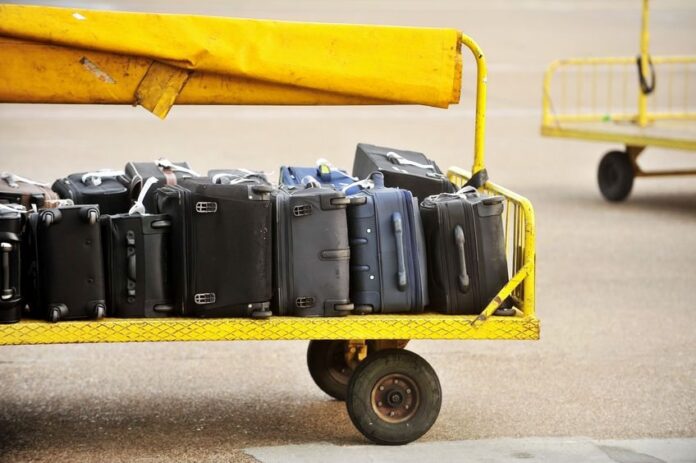PCTel was recently involved in a global project to assess carrier networks at more than 300 airports around the world, in order to help an airline determine which carriers would be the best local choice to support an RFID luggage-tracking system that utilizes cellular networks.
Jay Maciejewski, VP of business development for engineering services at PCTel, spoke with RCR Wireless News about the unique testing project related to larger cellular network and “Internet of Things” trends.
PCTel had been doing design and testing work on a network system at an airline’s headquarters, and conversations about network testing expanded to cover an airline project for RFID luggage tracking which would utilize RFID scanners that connected to the cellular network. Instead of making a choice on which carrier(s) to use based on employee input on-site at each airport, the airline decided to have PCTel conduct assessments of carrier networks at hundreds of airports around the world to guide their decision.
Scope of the RFID luggage tracking project
PCTel’s testing approach
PCTel relied on backpack walk-test set-ups and tracked bags from their initial drop-off by passengers, through various holding rooms, to the tarmac. Maciejewski noted that unlike other applications, the RFID traffic involved would be primarily short, bursty uploads – substantially different from, say, data-heavy downloads like movie streaming that passengers might be attempting nearby. Transmissions had to go through quickly so that tracking was accurate, and the airline had to be certain that they would be received.
Challenges in the airport radio environment
While airport areas frequented by passengers are typically covered by a distributed antenna system, most of the internal airport areas through which luggage travels are not, and neither is the outside tarmac where bags are loaded and unloaded. Hand-offs across those different areas can fail. In the outdoor environment, nearby towers may be located far away and present a relatively weak radio environment because they were placed with the intent to cover, say, a nearby highway rather than the airport itself. Obstructions between the user and the tower were also common.
Cellular as a global option for IoT applications
The option to use cellular for this RFID-based “Internet of Things” project made sense because the airline wanted a consistent system that could be used around the globe on different carriers. PCTel provided the airline with the top two choices for network performance at each airport, and has also been in discussions with carriers about the data in order to offer insight on improving their coverage at airports.
Image: Radututa via 123RF.com

